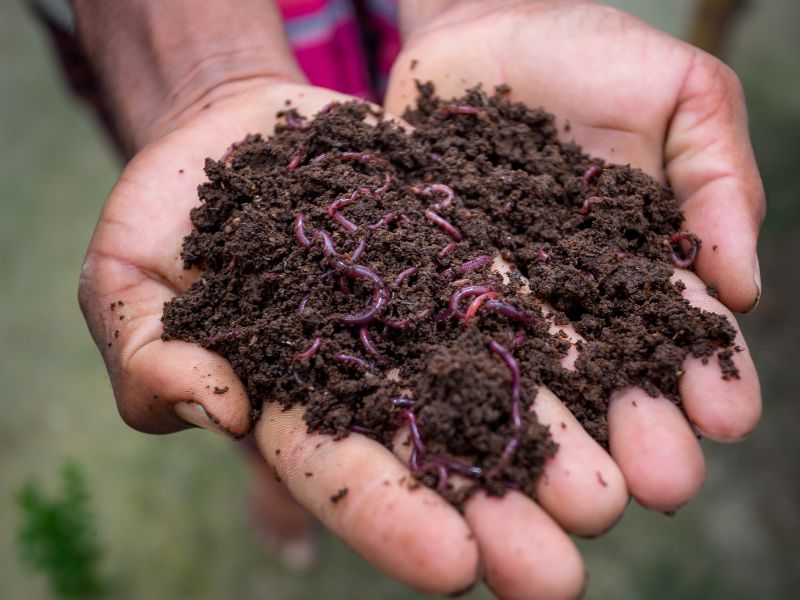Climate Solutions: Worm Bedding

Question:
Why do I need bedding in my worm bin? Is it okay if I just give the worms my food scraps?
Answer:
Bedding, which can be made of shredded paper, coconut coir, cured manure, or dry leaves, is an absolute necessity in your worm bin. Supplying your wiggly workers with bedding has a number of benefits:
- Bedding provides a light, fluffy medium for worms to move through, which helps keep air moving through your vermicomposting system. The bedding should also be lightly moistened (aim for the moisture of a rung-out sponge), which will help maintain the damp environment your worms need to survive.
- Many fruit and vegetable scraps become acidic as they decompose, which can have negative consequences for worm health such as protein poisoning, also known as “string of pearls” or sour crop. A generous layer of bedding, along with some finely crushed eggshells, helps buffer pH and prevent acidic conditions.
- By themselves, fruit and vegetable scraps will putrefy as they break down, creating a slimy slop. Not only will this limit airflow, but it also tends to stink! A layer of bedding will absorb and mix with the decomposing kitchen waste and keep air moving, resulting in an earthy smell.
- Rotting fruits and vegetables may not smell pleasant to us, but the smell is irresistible to the most common worm bin pest, fruit flies. By providing plenty of bedding in your bin and always burying your food waste under a layer of bedding, you can limit the possibility of a winged invasion.
- If you have a Wriggly Wranch, Can-O-Worms, or similar multi-layer worm bin, you should put bedding, worms, and food waste in the upper layer(s) of your worm bin, which should have holes in them, and leave the solid bottom layer of your worm bin empty. This will allow any excess moisture to drip from the upper layers containing the worms down to the solid bottom layer. This liquid, called leachate, can be drained off and used to fertilize non-edible plants only.
